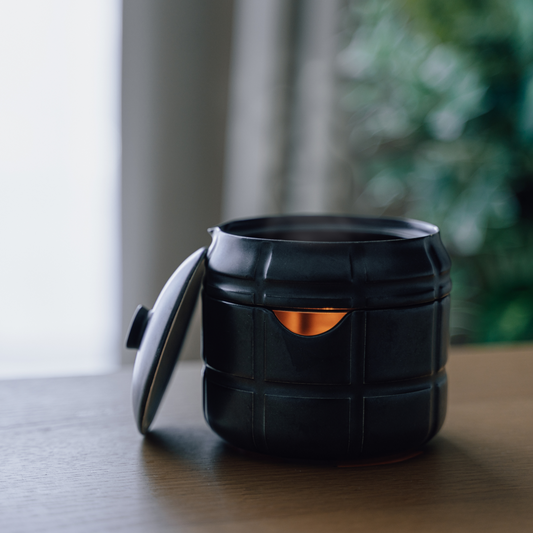Have you heard about "Japandi"? Japandi" is a new interior design trend that has been attracting attention mainly in the United States since around 2020. It is a fusion of the Japanese "wabi-sabi" philosophy and the Scandinavian "hygge" philosophy and is characterized by warm, comfortable, modern, and beautiful interior design.
Could we please explain one by one?
Japanese "Wabi Sabi".
Wabi: A calm, quiet, and simple atmosphere. Wabi-sabi: quietness and serenity
Sabi: The combined beauty of austerity as a phenomenon and its loneliness.
Wabi is a word that expresses the spiritual richness of not being pessimistic about one's situation but rather enjoying it. Sabi is a concept that sees beauty as the change of inner essence that manifests itself on the surface.
The five elements that make up wabi-sabi
- Enjoyment of change over time: Natural beauty, not luxury, and the beauty of materials as they change over time are shown in a room in an attractive way.
- Meri-hari: The wabi-sabi concept, which emphasizes quietness and natural flow, is expressed through the meri-hari of simple shapes without movement and organic forms that represent the flow of nature
- Asymmetry and irregularity: Wabi-sabi finds beauty in shapes as they are. It values the spirit of trying to enjoy even the lacking parts.
- Natural colors: White, wood brown, and dark green are often used as a base, and fresh greens and reds seen through windows are used as accents.
- Expression that makes the most of materials: Wabi and Sabi are created by carefully using materials, such as tatami mats, wooden furniture, iron kettles, etc.

Scandinavian "HYGGE
Hygge is a Danish word that focuses on being warm, relaxing, spending time with friends and family, and enjoying life by setting the environment and atmosphere.
Five elements that make up hygge
- Soft textures: Materials such as linen, huge blankets, and cushions promote relaxation. Matte surfaces create serenity.
- Warmth: People are attracted to warm places, such as a fireplace. The heat gives people a sense of comfort and coziness. Candles and warm-colored lighting are also effective.
- Positive messages: A hüge aims to create warm and fuzzy feelings. The appearance of uplifting words gently brightens the atmosphere of the room.
- Natural colors: Shades of gray, green, brown, and pink on a white base enhance the sense of hygiene. Add gold coloring with brass or other materials to create a sense of weight.
- Natural materials: Decorate with decorative plants and flowers, and incorporate furniture made of natural wood materials into the interior to enhance the sense of hygiene.

This new design trend, "Japandi," is a fusion of Japanese wabi-sabi and Scandinavian hygge and is oriented toward simple, warm design using natural materials.
Isamu Noguchi's famous proof, "Akari," is also accepted as a "Japandi" product.
Our "chakoro" was developed in sympathy with this "Japandi" philosophy.
We hope that "chakoro" will be a product that gives you a sense of comfort.


